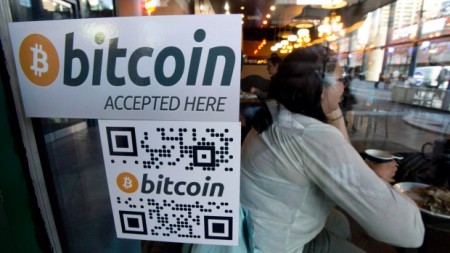June 21, 2016 – Project Jasper is the latest digital currency experiment. The Bank of Canada in a experiment to develop a virtual currency describes its endeavour as an interbank payment system that features a distributed ledger. One of the goals of the project is “to better understand the technology first-hand” states Bank of Canada Senior Deputy Governor Carolyn Wilkins.
The technology behind Project Jasper is blockchain, a method of provided secure transactions over the Internet for almost any kind of business. A digital currency becomes the medium of exchange for transactions assigned a value. The digital currency is the medium of exchange and the distributed digital ledger provides a secure method of tracking each transaction. There are no administration charges, no traditional electronic funds transfer. The Bank of Canada has given its digital currency a tentative name, CAD-coin. Bank of Montreal, CIBC, Royal Bank of Canada, Scotiabank and TD Bank are all participating.
So how does it work?
A depositor uses cash or collateral which gets assigned a value and is then recorded in a digital ledger where it is converted to CAD-coin. The CAD-coin assets can now be exchanged and turned back into any currency or object with an assigned value. Once a CAD-coin is redeemed it is automatically removed from the digital ledger and virtually destroyed.
More than 90 countries’ central banks are experimenting with blockchain and digital versions of their currency. Among these are the People’s Bank of China, the Reserve Bank of Australia, and the Bank of England. In Canada the CAD-coin experiment is not available for general public use for the moment. Instead blockchain transactions will be confined to inter-bank transactions among Canada’s national banks to settle central bank assets using a distributed ledger.
But the writing is on the wall for digital currency to move from prodigal son like bitcoin to an established standard for settling all kinds of accounts from mortgage financing and payment, lines of credit and credit cards, the buying and selling of equities and bonds, and even retail transactions. Royal Bank of Canada is considering using blockchain and digital currency for its loyalty programs.
Kyle Kemper, Executive Director of the Bitcoin Alliance of Canada sees this as the first step in the “blockchain-ification” of Canada’s banks. The only downside to the Bank of Canada in going to a virtual currency is the billion dollars a year that will be lost as Canada gets out of the business of printing money.
The original virtual bitcoin has been used by some companies in Canada as a method of paying employees rather than using Canadian dollars. The vast majority of these companies are operating in the high tech space and payment in bitcoin is done at the employee’s request. Wagepoint, located in Waterloo, Ontario, back in 2014 reported ten companies using its cryptocurrency payment options. At the time the vast majority of companies outside of high tech when asked if they would consider a digital currency as a legitimate form of payment stated unequivocally no. But now the Bank of Canada and almost all Canadian banks are on board. So don’t be surprised within the next two years to see CAD-coins joining loonies and toonies as the cloud currency of the land.










[…] article, Business and Technology Are Migrating to the Cloud Part 2: Digital Dollars and the Coming Banking Re…, first appeared on 21st Century Tech […]
[…] article, Business and Technology Are Migrating to the Cloud Part 2: Digital Dollars and the Coming Banking Re…, first appeared on 21st Century Tech […]